One Locomotive, Many Minds – fh2rail Rethinks the System
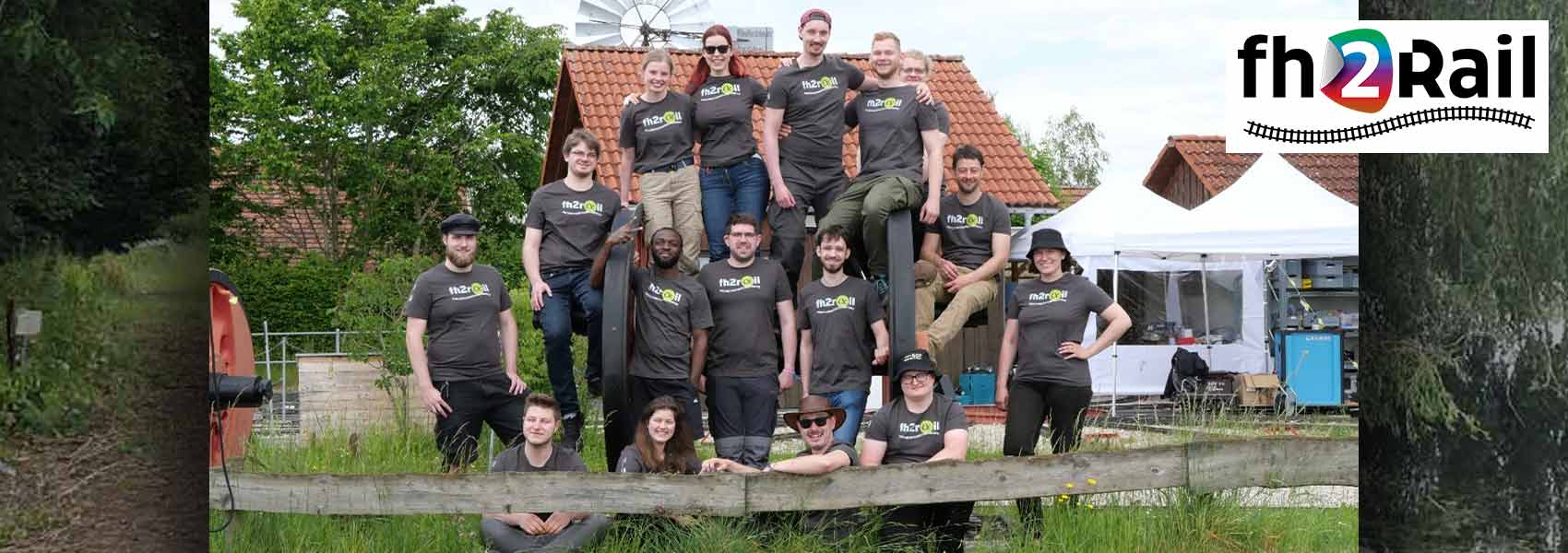
Introduction
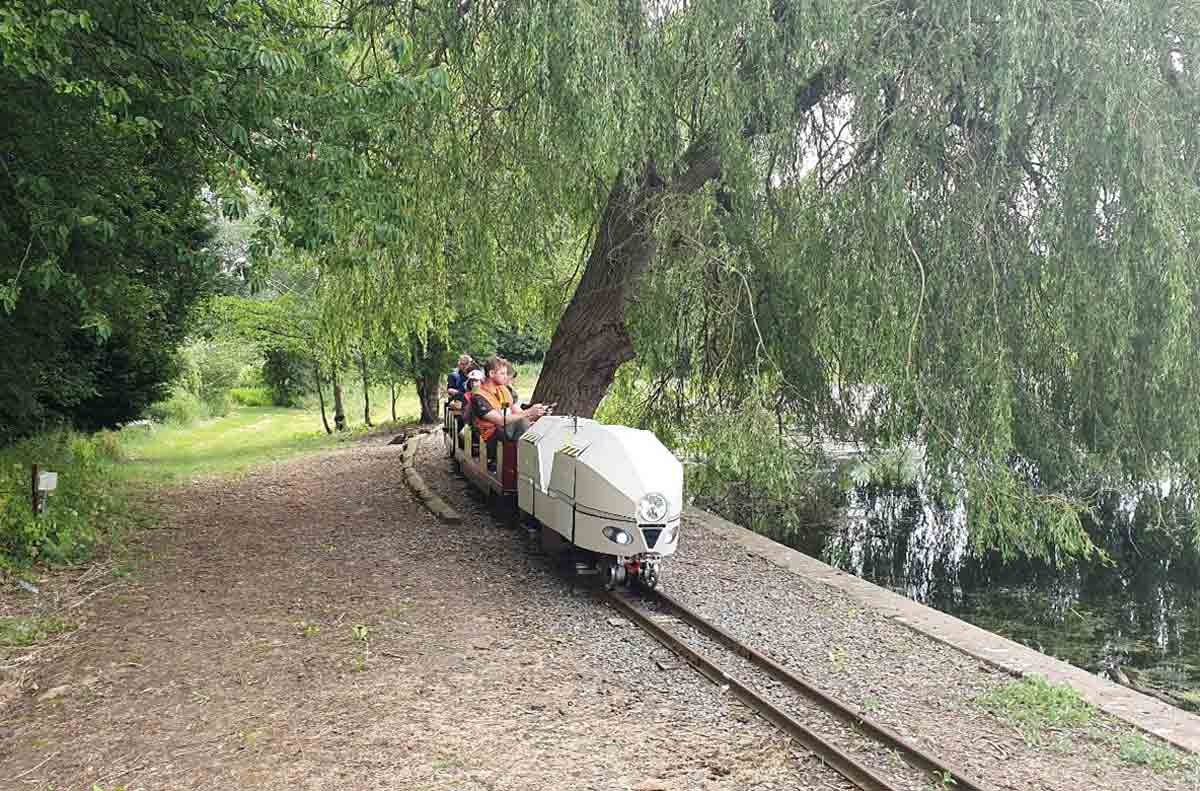
We are a team of 23 students from FH Aachen, working together as fh2rαil on a challenging project. We’re currently building the third generation of park railway locomotives: after Emma and Molly, we’re now working on Carla.
The Project
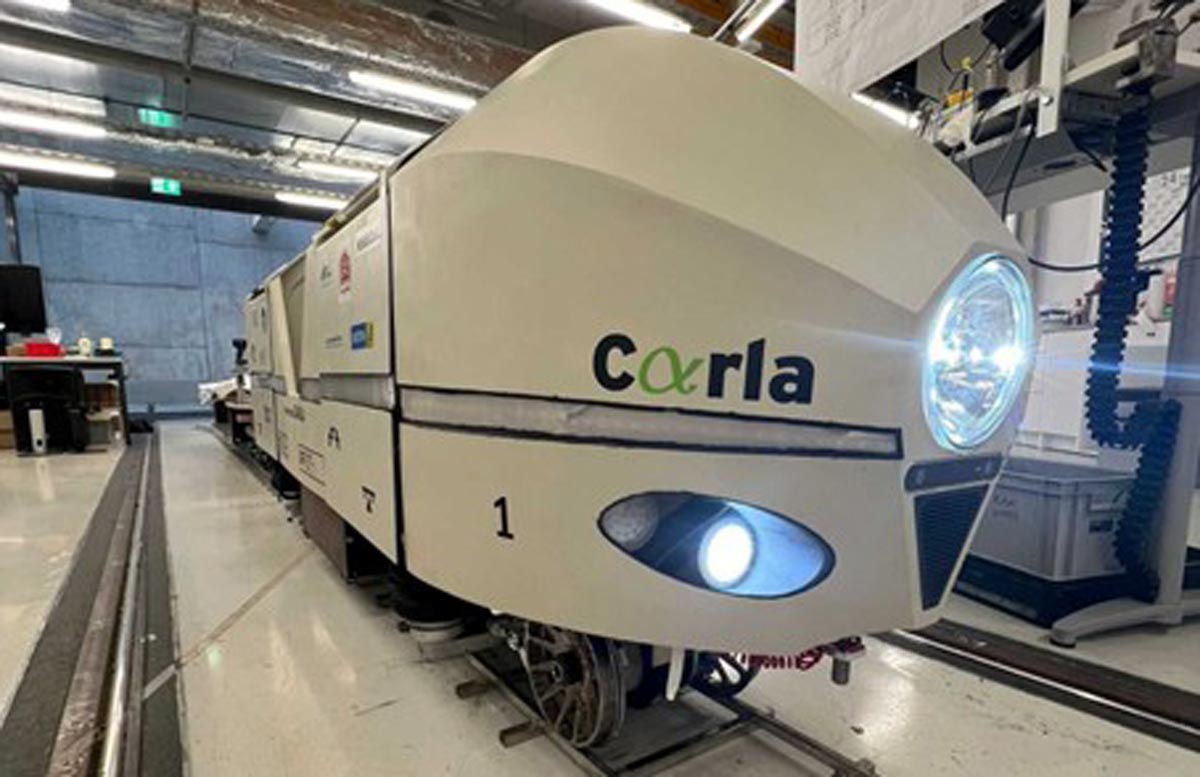
Each year, the European Railway Challenge in Germany and the IMechE Railway Challenge in England bring together teams—mainly from Europe, but increasingly also from India and Australia — to compete with their locomotives. These locomotives, about 3 meters long on average and built to a 1:5.5 scale, must still include the technologies found in their full-sized counterparts.
Teams compete across a range of individual events to determine who has built the most efficient, comfortable, and reliable locomotive. The miniature railway tracks of the Swabian Railway Association and the Stapleford Miniature Railway serve as venues for these competitions, where teams will gather this June to showcase their skills.
Focus
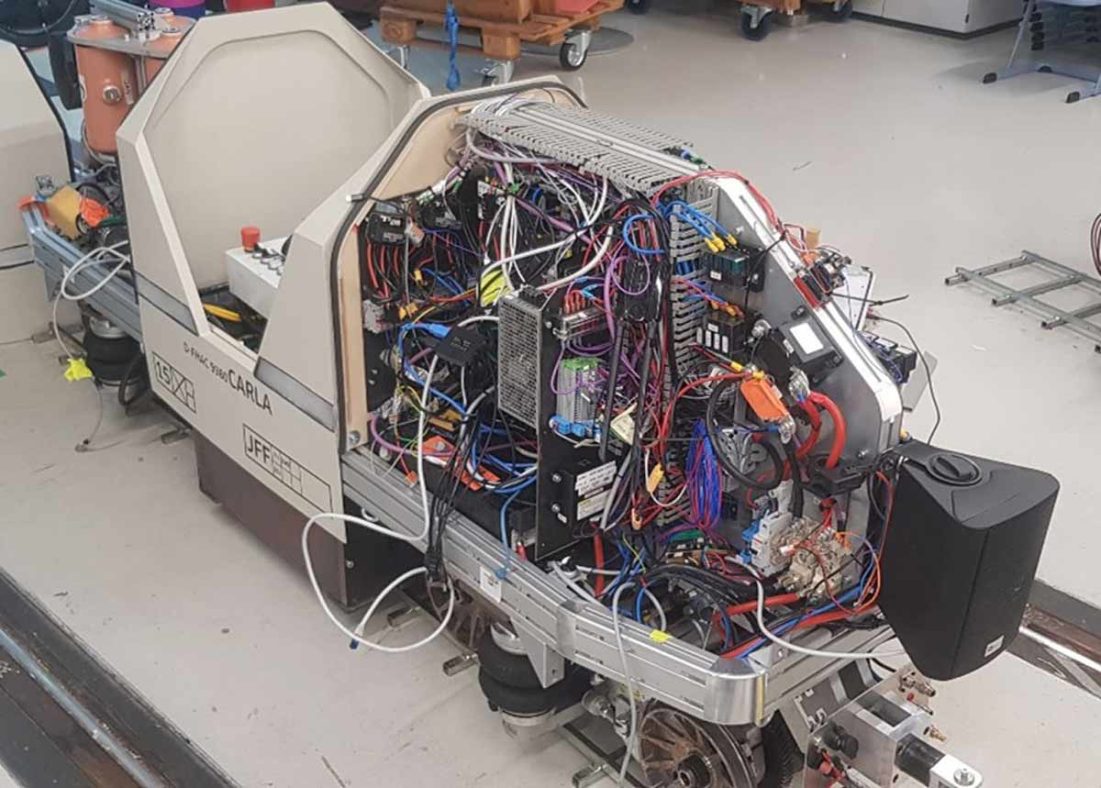
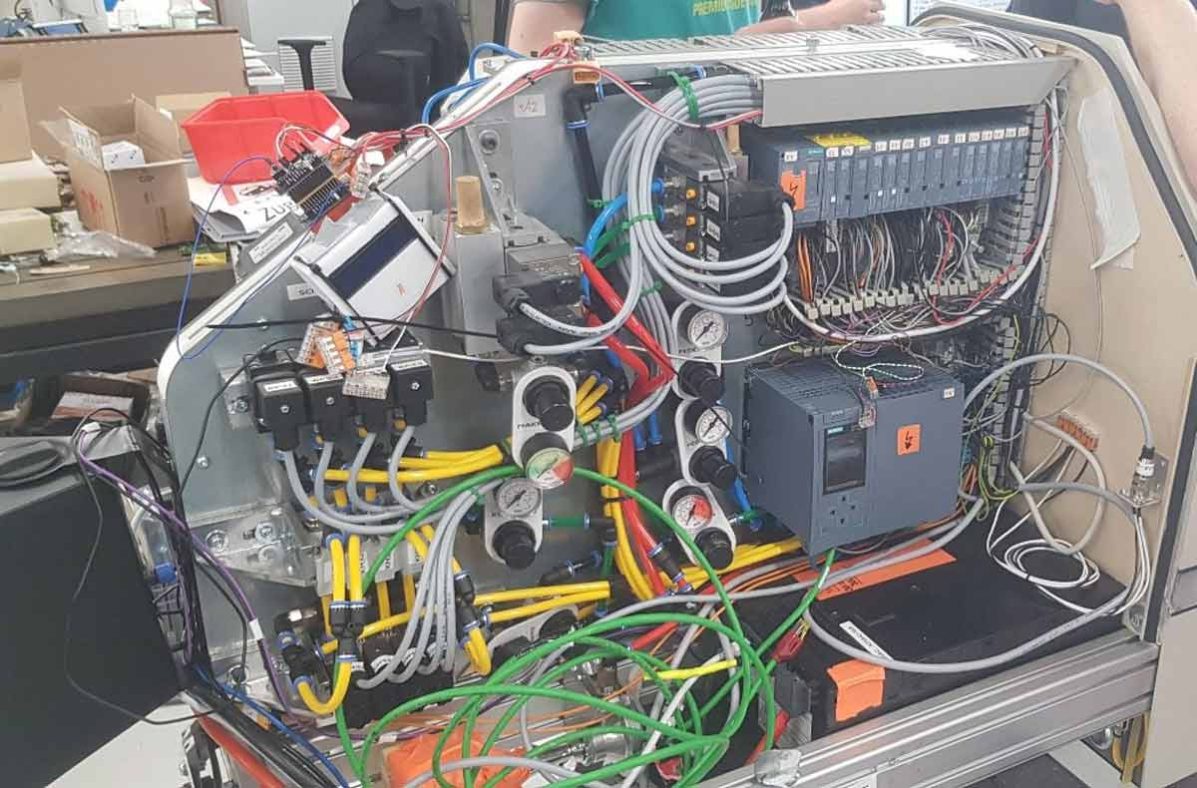
This year, we’re entering the competition with Carla for the second time, aiming to improve on our ranking from last year. Despite several obstacles, we managed to achieve 4th place overall with a completely new locomotive. Our goal now is to build on that foundation and turn last year’s challenges into opportunities.
Our main focus is on modularizing the control system. Previously, we used a Siemens PLC, which worked well but didn’t match our team’s workflow. The issue was that we had to build and connect the entire control system just to operate even a small part of the locomotive. That setup wasn’t ready until right before the first competition.
New Approach
To avoid this bottleneck, we’ve decided to move away from the PLC and instead use multiple microcontrollers. While these do require a driver board to mimic the functionality of a PLC, they offer a crucial advantage: we can now activate and test smaller subsystems independently.
We’ve split the control system into individual modules — for instance, the battery system, the driver’s cab, and the bogie control. Each of these can be handled separately with relatively simple programs, allowing multiple team members to work in parallel.
To prevent isolated systems, we’re integrating an interface on the driver board that lets all microcontrollers communicate with each other and the central computer. Only safety-critical signals will be wired through traditional signal lines instead of via the bus system.
In addition to reducing complexity, we’re aiming to cut down on wiring and make the system more manageable and clear.
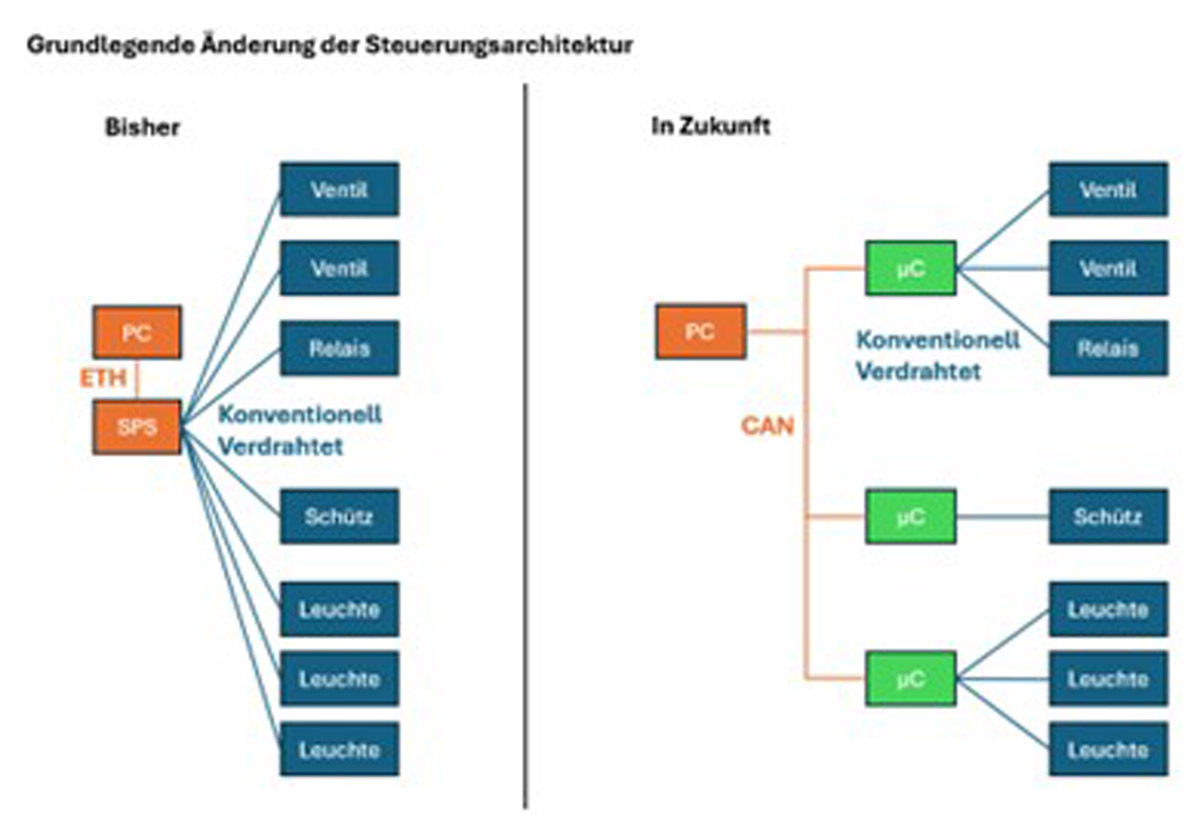
Current Status
We have 8 weeks left until our first competition — plenty of time, but also a tight schedule. The first prototypes have already been built, and the PCBs have arrived. Next up: soldering the boards in our on-campus lab, followed by testing.
If all goes well, we’ll move straight to creating the final PCB layout and place the manufacturing order. Meanwhile, the rest of the team is busy assembling and programming other parts of the locomotive. Our batteries and motors are up and running — they’re just waiting for the remaining control elements so we can begin test drives in May.
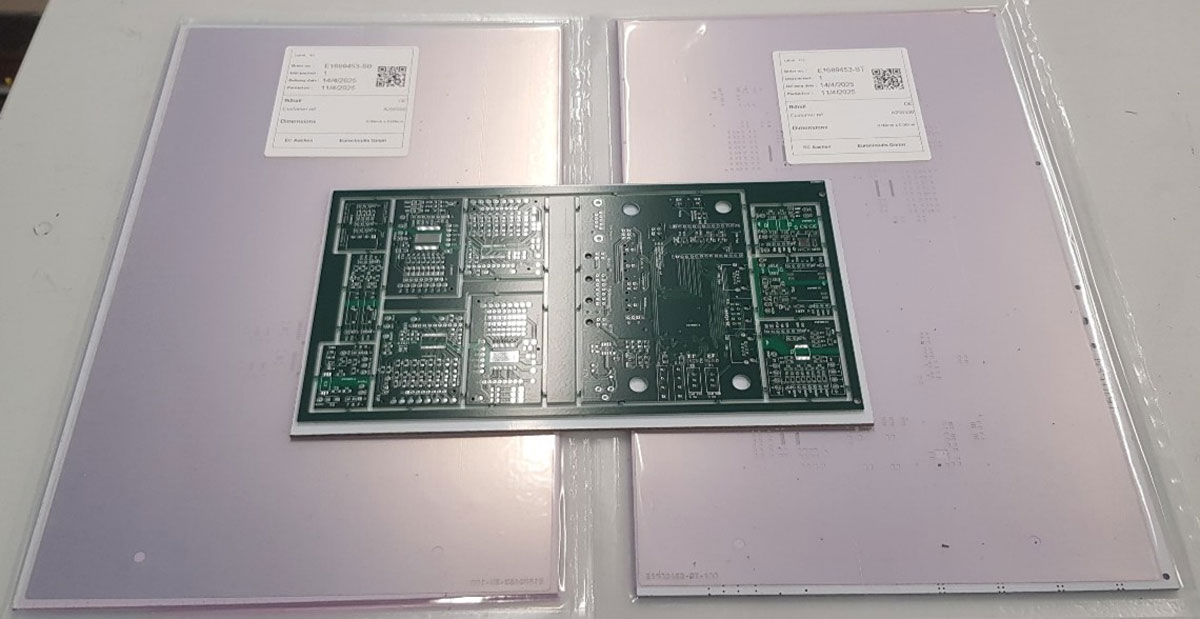

For more information please visit the FH2Rail website.





